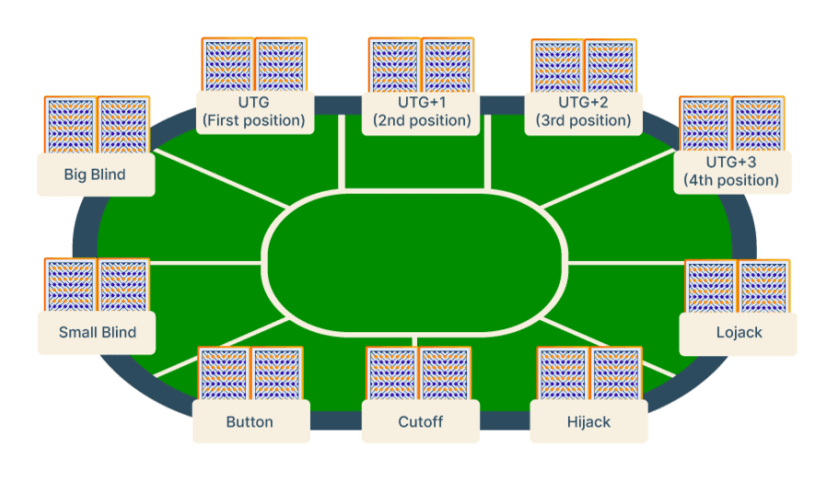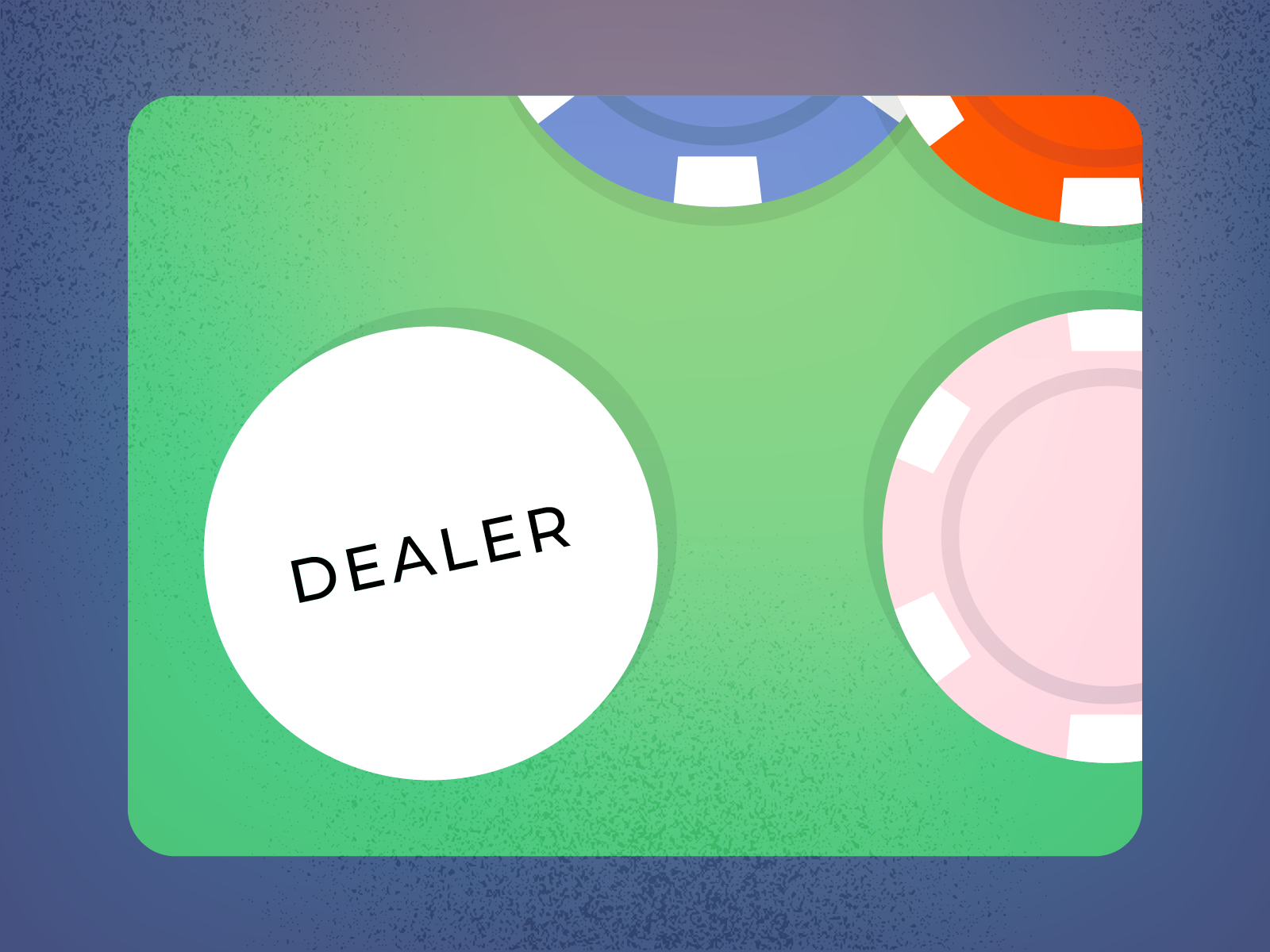Mastering Poker Table Positions: The Key to Winning Strategy
Poker isn’t just about the cards you hold—your seat at the table can make a dramatic difference to your success. Understanding poker table positions and how to use them to your advantage is essential for making smarter decisions, maximizing potential gains, and outmaneuvering your opponents. This in-depth guide unpacks every seat at the table, highlights strategies for each, and explains why position is a cornerstone of expert poker play.
Poker Table Positions: The Essentials
At a poker table, your position relative to the dealer button dictates when you’ll act each round. This order shapes what information is available when you make decisions, directly impacting your choices and long-term profitability. Positions are typically divided into early, middle, and late groups, each presenting unique challenges and opportunities.
- Early positions—the blinds and under the gun—act first with limited information, often requiring cautious play.
- Middle positions offer slightly more knowledge of others’ intentions but still demand vigilance.
- Late positions, especially the button and cut-off, allow for the greatest tactical flexibility and tend to be most profitable.
- Sharpening your understanding of each position helps you bluff more effectively, time aggressive plays, and adapt as a hand progresses.
- Trying free online poker or video poker is a great way to familiarize yourself with each position’s dynamics.
A firm grasp of poker positions is vital whether you’re playing at a casino table, in an online setting, or at home with friends.
All Poker Table Positions Explained
Most Texas Hold’em tables feature nine seats, each designated by its distance from the dealer button. These roles rotate clockwise every hand, meaning each player will cycle through every position during a session. Here are the core positions you need to know:
| Position | Abbreviation | Location |
|---|---|---|
| Small Blind | SB | Directly left of the dealer button |
| Big Blind | BB | Left of the small blind |
| Under the Gun | UTG | Left of the big blind, acts first pre-flop |
| Under the Gun +1 | UTG+1 | Left of UTG |
| Middle Position | MP | Next after UTG+1 |
| Lojack | LJ | Three seats right of the dealer |
| Hijack | HJ | Two seats right of the dealer |
| Cut-Off | CO | One seat right of the button |
| Button | BU | Dealer position |

Every round, the dealer button shifts, so players get to play in each position over multiple hands.
Strategies for Every Poker Table Position
Small Blind (SB)
The small blind is immediately left of the button and posts a forced bet before seeing any cards. Since you’ll be out of position post-flop for the remainder of the hand, this is considered the toughest spot at the table. Play tightly and fold most hands, reserving action for premium holdings.
Big Blind (BB)
Located to the left of the small blind, the big blind posts a larger mandatory bet. While you get to act last pre-flop, you’re first to act post-flop, creating a disadvantage. In cash games, exercise caution, folding often unless you have strong hands. In tournaments, you may need to widen your range, especially when your stack is relatively small compared to the big blind.
Under the Gun (UTG)
Directly after the blinds, UTG is first to act before the flop, making it a high-pressure position. With little information, it’s best to play only the strongest 10% of hands, folding the rest. Caution is your best friend here.
Under the Gun +1 (UTG+1)
Next to UTG, this seat faces similar disadvantages and should also stick to a tight selection—usually the top 10-15% of hands.

Middle Position (MP), Lojack (LJ), and Hijack (HJ)
These mid-table seats benefit from increased information. Players here can open up their play slightly—roughly 20-25% of hands is typical. However, be wary of strong players yet to act behind you; balance tight and aggressive moves.
Advanced strategies in these seats involve strategic re-raises to apply pressure, especially to force out those acting later and prevent being caught in the middle.
Cut-Off (CO)
One seat before the button, the cut-off is a highly advantageous position. With only three players left to act, you can raise more hands and apply significant pressure. If no one has raised, consider opening with a wide range and seize the initiative.
Button (BU)
The dealer button is the crown jewel of poker seats. From here, you’ll act last in betting rounds (beyond the blinds), providing maximum information and control. Many winning players raise as much as 50-60% of their hands in this spot, leveraging their position to pressure opponents and maximize value from their strongest cards.
Tips for Remembering Poker Position Names
Poker naming conventions make more sense than they might seem:
- Blinds get their name since you have to post bets “blind,” before seeing your cards.
- Under the Gun describes the pressure of acting first pre-flop.
- Hijack, Cut-Off, and Button run sequentially late in the order. The cut-off “cuts off” the button from raising first, while the hijack attempts to “hijack” those powerful late moves with an earlier raise.
This playful naming highlights both table geography and core betting strategies.

Image Credit: Kitreel/Shutterstock
The Hierarchy of Poker Table Positions: Best to Worst
For quick reference, most players mentally rank the seats from least to most beneficial:
- Small Blind (SB)
- Big Blind (BB)
- Under the Gun (UTG)
- Under the Gun +1 (UTG+1)
- Middle Position (MP)
- Lojack (LJ)
- Hijack (HJ)
- Cut-Off (CO)
- Button (BU)
The button stands alone as the most lucrative seat due to having the last word in betting rounds and facing fewer potential threats.
Grouping Poker Positions for Simpler Strategy
To make table talk and tactical discussions easier, many players lump positions into broader categories:
- Early Position: Small Blind, Big Blind, Under the Gun
- Middle Position: Under the Gun +1, Middle Position, Lojack
- Late Position: Hijack, Cut-Off, Button
When planning your play, stick with a tight range in early seats, relax a bit in the middle, and play more hands (and more aggressively) from late positions.

Image Credit: Rawpixel/Shutterstock
Why Poker Position Matters More Than You Think
The true strength of position is control. Being “out of position” means acting before others, leaving you with less information and more uncertainty. Playing in early seats is like being in the dark—your opponents get to see your actions before making theirs, putting you at a tactical disadvantage.
In contrast, when you act last, you set the pace, manipulate pot sizes, and extract more value from strong hands while keeping losses in check. Mastering positional play is often what sets winning players apart—giving them outsized profits on their best hands, which helps offset inevitable losses.
Poker Table Positions FAQ
What does position mean in poker?
Position refers to where a player sits relative to the dealer button, determining when they act in each round. Acting later gives more info about other players’ intentions, making those seats more advantageous.
What does “out of position” mean?
Playing “out of position” means acting before other players in a betting round. This generally handicaps your play, as you have to decide with less information.
What is “Under the Gun”?
Under the Gun (UTG) is the first player to act pre-flop, seated directly left of the big blind. This spot is tricky, requiring disciplined, tight play because you have no knowledge of how others will act.
What is the Hijack position?
The hijack is two seats to the right of the dealer button, just before the cut-off and button. It’s aptly named, as players here often “hijack” the action in late position by raising, challenging those powerful late seats.
What is Lojack in poker?
The lojack is three seats to the right of the dealer button (early-middle position). While better than blinds and UTG, it still requires solid, selective play.
Make Every Seat Count: Becoming a Positional Poker Player
Success in poker isn’t about catching lucky cards; it’s about placing yourself in situations where you have the advantage. The more effectively you use your position, the more chances you’ll have to maximize earnings with your best hands and minimize losses with weaker ones. Even if you’re new to these strategies, take each game as a chance to observe how position influences action and outcomes.
If you’re building your strategy, focus on playing stronger hands when “out of position” and expanding your range as you move closer to the late seats. Every step you take to understand and leverage your seat at the table brings you closer to expert-level play.
And remember the old poker wisdom: “If you can’t spot the sucker at the table, it’s probably you.” If you’re not considering position, you could be leaving chips on the table for savvier players to take.
Dive deeper into poker success with handy resources like poker cheat sheets, and get ready to master both the cards—and the table itself.








